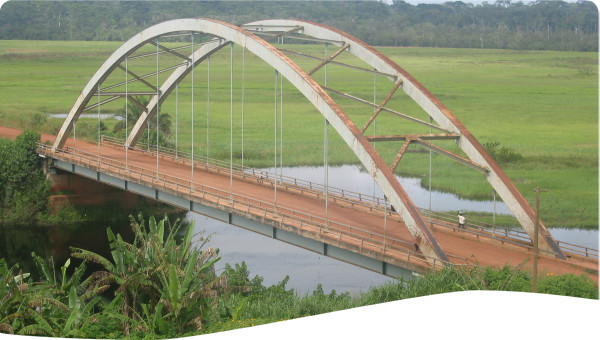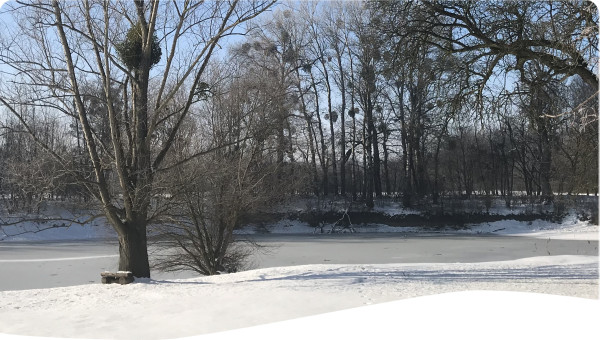Human activities are causing unprecedented and accelerating global loss of biodiversity. Widespread land conversion for infrastructure, agriculture and other development, and overexploitation of natural resources are being driven by political leaders’ prioritization of short-term economic gains and the inability of our economic systems and financial markets to appropriately value and protect our natural capital.
To slow and stop the global loss of biodiversity, we must fundamentally rethink our relationship with nature and transform our economic models and market systems. The policy and economic actions needed to achieve this require considerable political will, broad public support, and substantial investment. This will not happen overnight and, in the short to medium term, there is an urgent need to scale up finance for nature.
The Financing Nature report addresses two important challenges.
First, the report lays out the broad economic case for protecting nature, including an examination of the many known economic and social values of biodiversity, while recognizing that the complexities and interdependencies of nature mean that attempted economic valuations will almost certainly be partial and underestimates. Biodiversity loss presents serious known and unknown risks to human prosperity. The report further examines the underlying market failures that hasten global biodiversity loss and indicates a number of policy interventions and changes needed to halt biodiversity loss.
Second, the report focuses on a critical element related to protecting biodiversity, namely the biodiversity financing gap between the current total annual capital flows toward global biodiversity conservation and the total amount of funds needed to sustainably manage biodiversity and maintain ecosystems integrity. Having gauged this biodiversity financing gap, the report identifies a set of nine financial and policy mechanisms that, if implemented and scaled up, can collectively close this gap.
The report goes into detail about the enabling conditions for the implementation and scaling of each of these mechanisms, and it makes detailed recommendations for policy makers, business leaders, and other stakeholders. It makes clear that all governments—from the biodiversity rich nations that may have limited economic means to the established donor countries—must take immediate actions to stem the loss of biodiversity.
The immediate intent of this report is to inform the work of national delegations and other negotiators in developing the resource mobilization strategy for the Post-2020 Biodiversity Framework that will be agreed to at the 15th Conference of the Parties (COP15) of the UN Convention on Biological Diversity (CBD) in 2021. The longer-term intent is to help political leaders, country finance ministries, international institutions, and representatives of companies, NGOs, and private philanthropy to better understand the economic case for biodiversity conservation and to accelerate the transformation of national economic models to those that appropriately value nature.
Given the magnitude of the biodiversity financing gap identified by this report, coupled with estimates of the relatively limited amount of funding that will be available in coming years from traditional sources such as governmental budgets, official development assistance (ODA), and philanthropy, it is critical that the biodiversity targets to be agreed to at COP15 incorporate a broad spectrum of nontraditional mechanisms. Catalyzing private sector capital must be a priority, given that it constitutes the largest available source of financing. However, the report makes clear that the potential for private capital to support biodiversity conservation will only be realized if appropriate governmental policies, regulations, and incentives are in place.

 Resource
Resource

